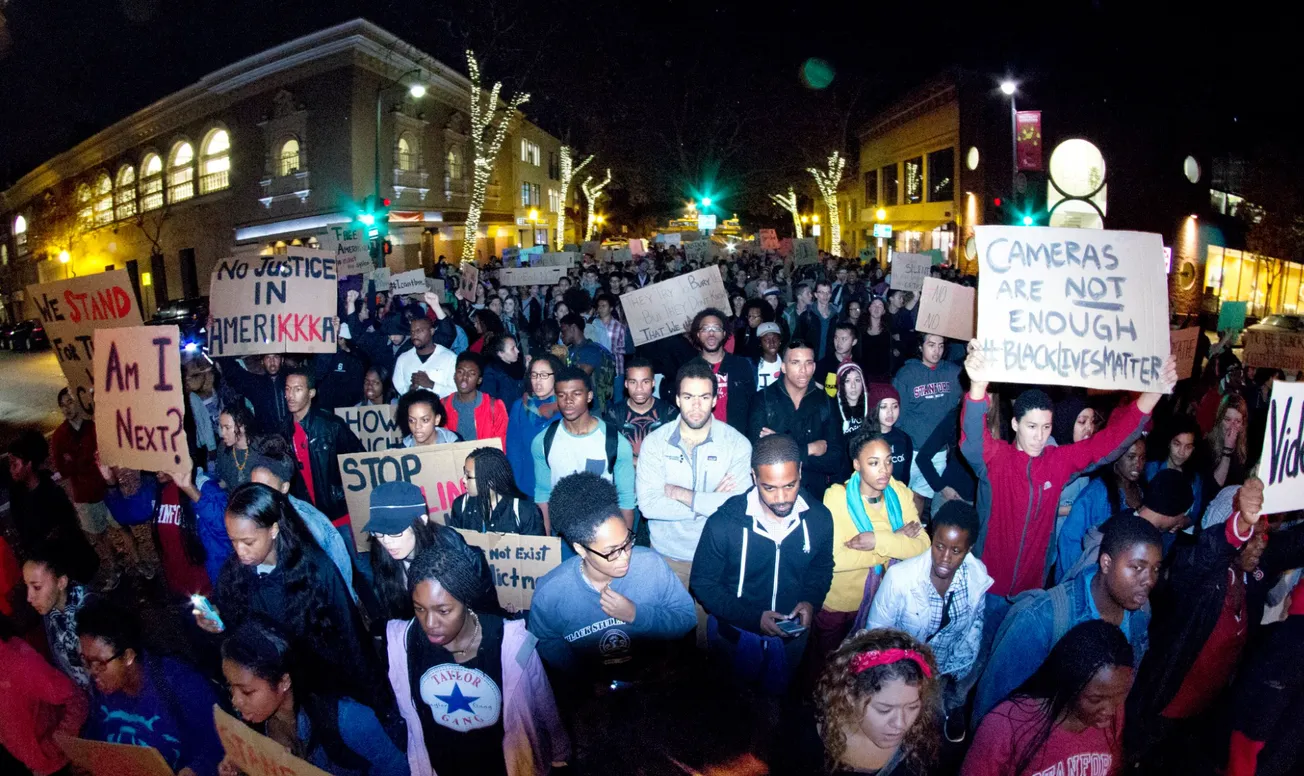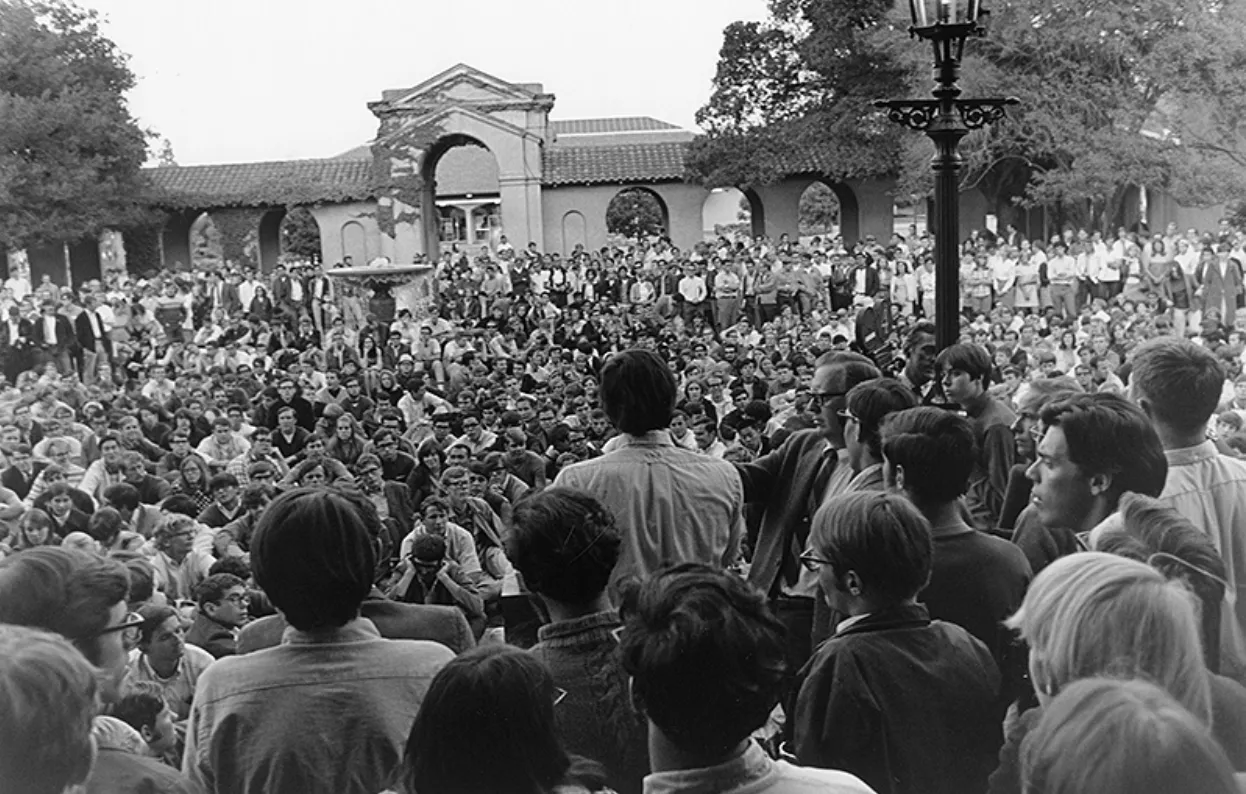Table of Contents
- The video evidence indicates that the most likely charge in New York would have been second-degree manslaughter.
- In New York, someone is guilty of second-degree manslaughter if “He recklessly causes the death of another person.” - New York’s definition of recklessness states that someone acts recklessly if he or she takes a risk that is “a gross deviation from the standard of conduct that a reasonable person would observe in the situation.”
- What does the NYPD say about chokeholds? - The NYPD police manual states: “Members of the New York City Police Department will NOT use chokeholds. A chokehold shall include, but is not limited to, any pressure to the throat or windpipe, which may prevent or hinder breathing or reduce intake of air.”
- Police chokeholds are not illegal under New York law; they are banned as a practice by NYPD policy.
- The officer alleges Garner refused to comply with arrest orders and that he used a procedure taught in police academies, albeit with tragic results. The federal government has opened an investigation into the incident and a civil suit is likely.
Police Deadly Force and the Constitution
- The Supreme Court has issued two landmark rulings on police deadly force: - **Tennessee v. Garner (1985): The Court held that citizens are protected from unreasonable deadly force under the Fourth Amendment. Deadly force can only be used when the officer believes the suspect poses an imminent threat: the officer must expect serious physical injury or death. Deadly force can rarely be used to apprehend unarmed suspected felons.
- Graham v. Connor (1989): The Court gave officers significant discretion when determining whether deadly force is reasonable. The rationale was that police must often make quick decisions during arrests and these decisions may be different from what hindsight tells us is appropriate.
Palo Alto’s Deadly Force Rules (2013)
- Deadly force is justified in the following circumstances: - “To protect him/herself or others from what he/she reasonably believes would be an imminent threat of death or serious bodily injury.”
- “To stop a fleeing subject when the officer has probable cause to believe that the person has committed, or intends to commit, a felony involving the infliction or threatened infliction of serious bodily injury or death, and the officer reasonably believes that there is an imminent risk of serious bodily injury or death to any other person if the subject is not immediately apprehended. Under such circumstances, a verbal warning should precede the use of deadly force, where feasible.”







